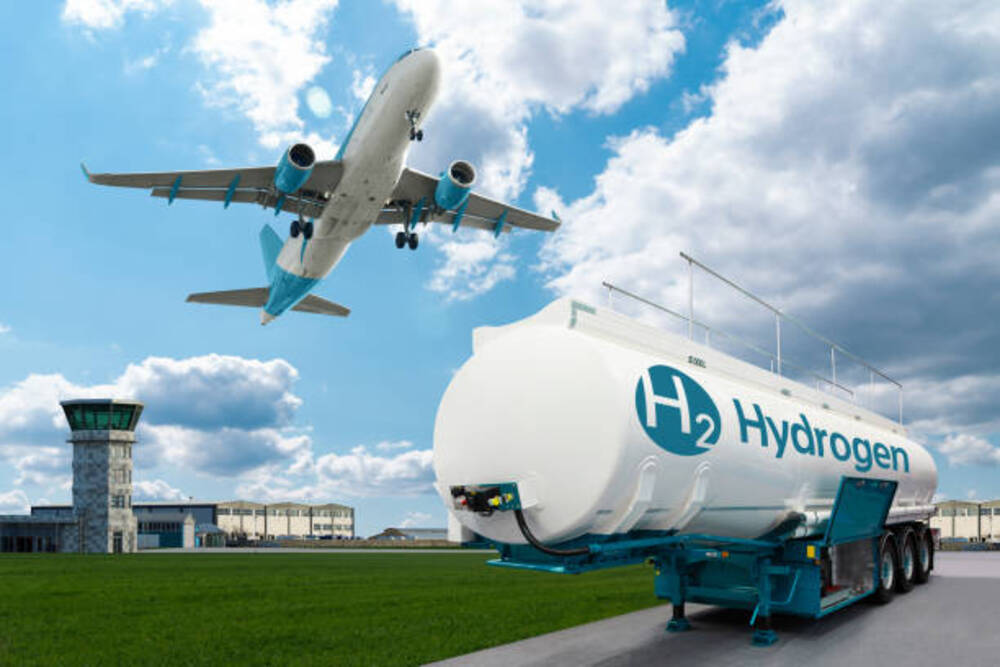The environmental advocacy organization Transport & Environment urged the European Union to reconsider proposals to identify some aviation investments as green. They warned that green investment label runs the risk of “greenwashing” thousands of CO2-emitting aircraft.
The EU’s “taxonomy” list of investments that promote climate change is currently up for debate by the European Commission. The “taxonomy” list of investments is a classification system. Initially, its purpose was identifying and encouraging sustainable investments. EU developed the taxonomy as part of the efforts to transition to a more sustainable economy and combat climate change.
But the last proposal has caused a rift in the EU executive, with some officials in favor of admitting investments that adhere to specific environmental standards and others averse to endorsing any high-carbon industry with a green label.
Aviation’s not so green for labeling as a green investment
Some think that the taxonomy list changes considering aviation do not comply with the standards of being environmentally sustainable. The taxonomy list itself includes technical screening criteria and thresholds for sustainability that economic activities must meet.
The goal of the taxonomy is to provide investors, companies, and other stakeholders with a common language for discussing and assessing sustainable investments. By providing a clear set of criteria for what constitutes a sustainable investment, the EU hopes to encourage more investment in sustainable economic activities and help shift capital towards a more sustainable economy.
Now, the discussion focus is on suggestions EU advisors made last year. They stated that Brussels should classify “best in class” currently manufactured aircraft as “climate-friendly” if they replace an older, less fuel-efficient aircraft in the fleet.
Transport & Environment: Best in class doesn’t mean green
Around 90% of Airbus’s order book, or more than 7,000 aircraft, would be considered “best in class” under the criteria, according to Transport & Environment (T&E), but they would only receive the green badge if they replaced an existing aircraft.
According to T&E Aviation Director Jo Dardenne, applying a green investment label to hundreds of highly polluting aircraft is a clear case of greenwashing.
According to T&E, the 15-20% emissions reduction offered by more energy-efficient aircraft is insufficient, and they urged Brussels to only promote innovations that have a genuine ability to reduce emissions, such as zero-emission aircraft and sustainable fuels.
It will be some time before they produce those technologies in bulk. Airbus expects a small passenger aircraft fueled by hydrogen to enter commercial service in 2035.
Who will win the green – the aviation industry or environmentalists?
The aviation industry is urging Brussels to embrace the experts’ suggestions, stating that to do otherwise would make it more difficult for the industry to generate money for more environmentally friendly technologies.
According to an Airbus spokeswoman, it is crucial aviation finding its place in the EU taxonomy to promote the complete decarbonization of the aviation sector.
A representative for the European Commission stated that the organization was evaluating the advisers’ criteria and had not made a decision yet.
Last year, Airbus participated in the EU’s panel of advisers on green investment regulations.
T&E served as another advisor. The group said that while it had previously endorsed the proposals on the grounds that any progress was preferable to none, it now saw an opportunity to strengthen the standards as the Commission examined them.
Following the EU’s decision to designate investments in gas and nuclear energy as “green,” T&E and other campaigners resigned from their positions as EU advisers in September.

